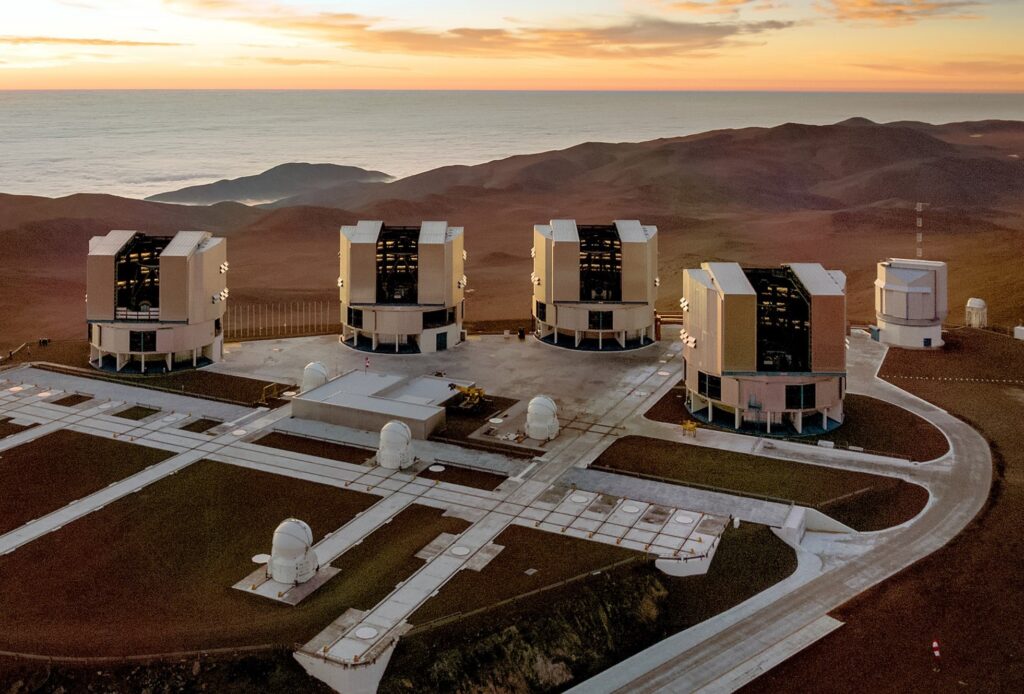In the vast, dark expanse of our universe, a cosmic giant lurks, defying the boundaries of our understanding. Astronomers have recently unveiled a black hole so gargantuan and voracious that it devours a sun’s worth of mass every single day. Nestled in the heart of a distant galaxy, this black hole, identified as J0529-4351, has claimed the title of the fastest-growing and most luminous object known in the cosmos.
With a mass 17 billion times that of our sun, J0529-4351 outshines everything in its celestial neighborhood, radiating more than 500 trillion times the light of our star. This revelation, published in “Nature Astronomy,” marks a significant leap in our quest to unravel the mysteries of the cosmos. The findings were a collaborative effort, spearheaded by researchers from The Australian National University (ANU), utilizing some of the most powerful telescopes on Earth, including the European Southern Observatory’s Very Large Telescope.

This celestial behemoth was initially mistaken for a star due to its extraordinary brightness. It was only through meticulous analysis of data, stretching back to observations from 1980, that its true nature was revealed. The quasar, the nucleus of a galaxy powered by a supermassive black hole, had been hiding in plain sight, its light reaching us from over 12 billion light-years away.
The discovery of J0529-4351 challenges our understanding of the growth of black holes and their ability to accumulate mass at such an astonishing rate. The intense radiation emitted by the accretion disk, a swirling maelstrom of matter being pulled into the black hole, offers a rare glimpse into the chaotic early universe. It’s a reminder of the cosmic forces at play, shaping the evolution of galaxies and the fabric of space-time itself.
As we peer deeper into the cosmos, each discovery peels back a layer of mystery, bringing us closer to answering fundamental questions about the universe’s inception and its ultimate fate. J0529-4351 is not just a testament to the power of modern astronomy but a beacon, illuminating the path to understanding the cosmic giants that dominate the dark.
A Behemoth in the Cosmos: Unveiling the Universe’s Most Luminous Black Hole


